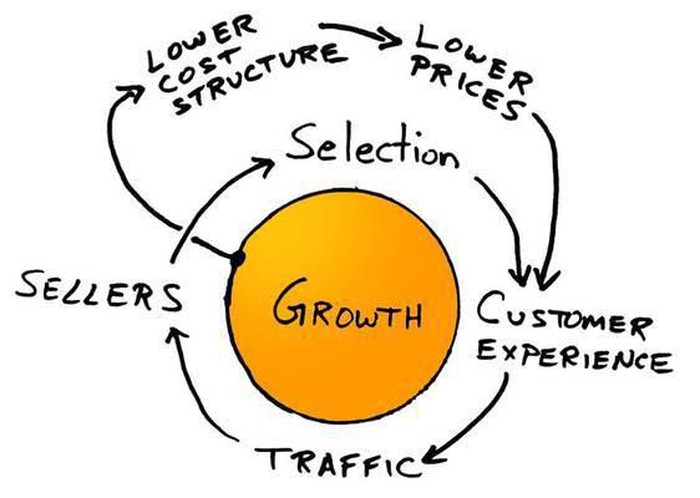How to Predict Trends?
There are two ways to gain a strategic high ground that is easy to defend and hard to attack:
- Independent innovation
- Riding the wave of change
It's easy to be a hindsight expert. To make predictions, one needs to deeply understand the past and present, see beyond the surface to grasp the essence, and thus be able to extrapolate to the next steps. Unfortunately, most people can only see the present.
For example, after the television emerged in the 1950s, everyone could realize that the movie industry was struggling, but very few could predict that the next step would be the rise of independent films. Independent filmmakers could break free from traditional studio ties and focus on making good films, as only good films can attract audiences to theaters.
Cisco rode three waves:
- Software and microprocessors
- Corporate networks
- IP networks
Common trends include:
- Skyrocketing fixed costs. For instance, capital-intensive big-budget films gave rise to major film companies. The development costs of large software systems led to the emergence of big software companies.
- Deregulation. For example, China's reform and opening up.
- Prediction biases.
- The illusion of growth. For instance, very few can predict when a business or economy peaks and begins to decline. Growth always has an endpoint; a person who has bought one television is unlikely to buy a second immediately. ==The faster sales grow, the quicker the market saturates.==
- The winner-takes-all illusion. Yes, there are winner-takes-all scenarios, but not necessarily; large companies can suffer from internal issues, and external changes can occur.
- The winner-always-wins illusion. For example, Yahoo.
- Incumbent effects: reluctance to reform for short-term gains, similar to the innovator's dilemma.
- ==Attractor state, or "endgame thinking," is the state the market should ideally reach.==
The attractor state is an interesting new concept. Here’s a detailed explanation. It differs from a company's vision in that a vision is unique to a company, while an attractor is the equilibrium that the entire market should achieve. It has two related concepts: accelerants and impediments.
- A typical accelerant is the "proof effect," such as Napster making people suddenly realize that 2.5MB of music could be downloaded and shared, or Bitcoin making people aware that investing in virtual currencies could lead to wealth.
- A typical impediment example is the public's fear and opposition to nuclear power plants, despite the knowledge that nuclear energy is the trend of the future.
Let’s analyze the newspaper industry.
Take The New York Times as an example; the printing costs of newspapers are about two to three times the subscription revenue, with printing costs primarily covered by advertising. Since 2009, two problems have emerged: the rise of easily accessible new media leading to a decline in newspaper readership, and the loss of advertising to Google.
Differentiation in news media has three dimensions: space, frequency, and depth. The author of this book believes that the market's attractor leans towards specialization in these niches rather than being broad and comprehensive. In the era of internet + newspapers, from a cost-reduction perspective, The New York Times should leverage its brand to collaborate widely with various information sources rather than relying on a small number of professional journalists. The more precise the readership, the more advertising revenue can be generated.
